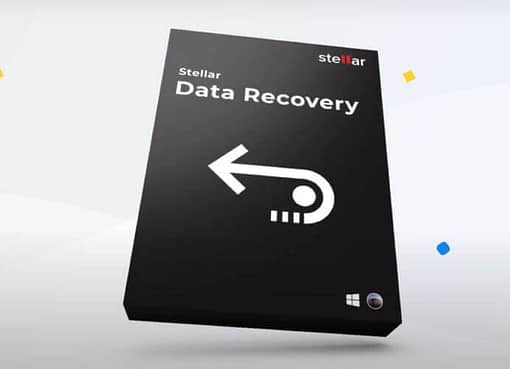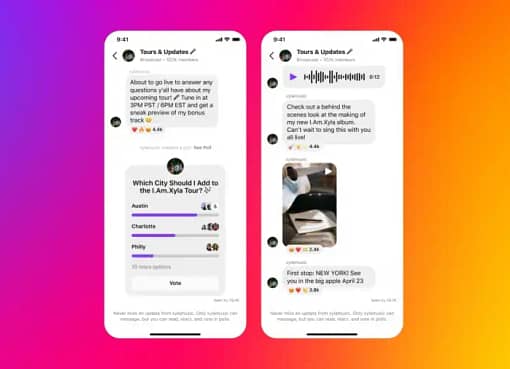It’s impossible to imagine a modern business or even a modern household without internet access. With so many apps and digital processes involved, it’s safe to say that the quality of your broadband affects the quality of life.
Therefore, it’s essential that we talk about broadband and try to answer several key questions. For instance, we need to start by developing an understanding of the very concept of broadband.
What defines it as broadband?
Where does Wi-Fi come into this?
What are different broadband types?
How do you recognize a good broadband connection?
Let’s try to find answers to some of these questions and give you a clearer picture of what you’re up against.
What Is Broadband?
Broadband is a term used for wide bandwidth data transmission. It is a mutual name for a wide range of internet traffic types.
According to the FCC, in order to be classified as broadband, the internet needs to have a minimum of 25 Mbps download, and 3 Mbps upload speed.
When it comes to hardware that enables broadband, there are numerous different types of methods that go into this category.
The etymology of this technology stems from the previously used narrowband connection, colloquially referred to as dial-up.
High speed and reliability of this connection type ensure that broadband options include some of the best business internet packages out there. In the past, the requirements of business internet usually ended with being able to send and receive emails, as well as surf the internet. Now that we are more reliant on high-speed connections (online banking, collaboration tools, cloud-based platforms, etc.), the highest reliability and speed of connection are necessary.
What’s the difference between broadband and Wi-Fi?
While a lot of people confuse these two terms, the truth is that there’s really not enough overlapping between the two. Broadband is the actual internet connection of the place, while Wi-Fi is the wireless connection (which can stem from your broadband connection). In other words, Wi-Fi is merely a wireless connection to a broadband source.
What Types of Broadband are There?
The term broadband is nowadays used as synonymous with an internet connection. However, it’s still an umbrella term that encompasses a number of broadband types. Here are some fiber-optic options for you to consider.
Fiber optic
Optic fiber is the fastest internet option there is. The technology uses optic fiber, which enables it to send the data at the 70% speed of light. The best aspects of these internet access types are speed, quality, scalability, and the security of the connection.
The downsides, however, are immediate costs, seeing as how the installation of this optic cable doesn’t come cheap. The process is lengthy and requires professionals whose work doesn’t come cheap. Other than this, seeing as how your connection depends on an actual cable, there’s always a threat of physical damage present.
Wireless
Wireless broadband (WiBB) is a wireless internet transition, which can be either local (WLAN) or wide (WWAN). It’s also worth mentioning that wireless broadband may be both fixed and mobile. The advantage of this method lies in your ability to browse the internet via a wireless device, regardless of your location.
The disadvantage is the hackability, seeing as how a malicious third party doesn’t need physical access to any hardware in order to access your broadband. Other than this, physical obstacles and distances affect the strength of the signal. Sure, you still get greater mobility, but it may be quite irritating.
DSL
DSL is one of the most traditional broadband types. The way in which it stands out is fairly simple – it uses telephone lines to deliver internet service. Why is this so important? Well, because virtually everyone has a DSL line, even in rural areas, which sometimes lack other options. Also, DSL is usually cheaper than its alternatives. Sure, it’s a bit slower than some of its counterparts, but newer versions offer a decent connection speed.
The downsides are that they’re usually provided by a phone company, which somewhat limits your number of options. Also, the speed often depends on the DSL distribution point. This can be a significant issue for some users.
Satellite
Satellite internet makes you far more independent than the majority of other internet types, seeing as how you don’t have to worry about the infrastructure. You get your own relay and connect directly to the satellite. This means that it’s available even in the most remote of areas. Other than this, it is one of the broadband types that has undergone the fastest innovation in previous years.
Now, the downside is that it may have data limits and latency issues based on the carrier. Also, while it is universally available, it does have some limitations. For instance, it may be problematic to get a connection in a heavily wooded area. In comparison, however, the access is universal.
What Is Considered a Good Broadband Speed?
Now, before you make up your mind, it’s important that you know what you’re looking for. Getting a broadband connection for business purposes is quite specific, and you’ll greatly depend on its performance in various tasks. So, what’s considered a good broadband speed, and what else are you looking for when picking a broadband connection?
According to some general consensus, a good broadband speed starts from 11Mbps. Now, there are other things worth taking into consideration, things like the national average, seeing as how this significantly differs between countries. Then, there’s your industry, which may require higher speed. Either way, anything between 11-50Mbps is considered superfast, while 100Mbps or more is considered ultrafast. These classifications (superfast and ultrafast) are usually included in the name of the package.
Keep in mind that speed is not just vital for your local digital marketing but also for the daily tasks of your staff members. After all, the majority of them are using cloud-based tools for their core tasks.
Other than just picking the speed, when choosing broadband, you also need to focus on data limits, number of users, security, and resilience. These several factors will drastically affect the reliability of your broadband and ensure that you get the most value out of it.
In Conclusion
Overall, the choice of your office’s broadband should not be made lightly. If you can afford it, you should definitely go with the most powerful option there is. Even if the initial cost is a bit steeper, keep in mind that the internet is something that your staff uses on a daily basis. In other words, if you try to spread these costs, it always pays off in the end.
Second, you need to understand one thing – sometimes, the conditions will mandate your choice. You may not have access to all the options or providers, or your line of work may dictate a specific broadband type. All of this needs to be taken into consideration in advance.






Comment here